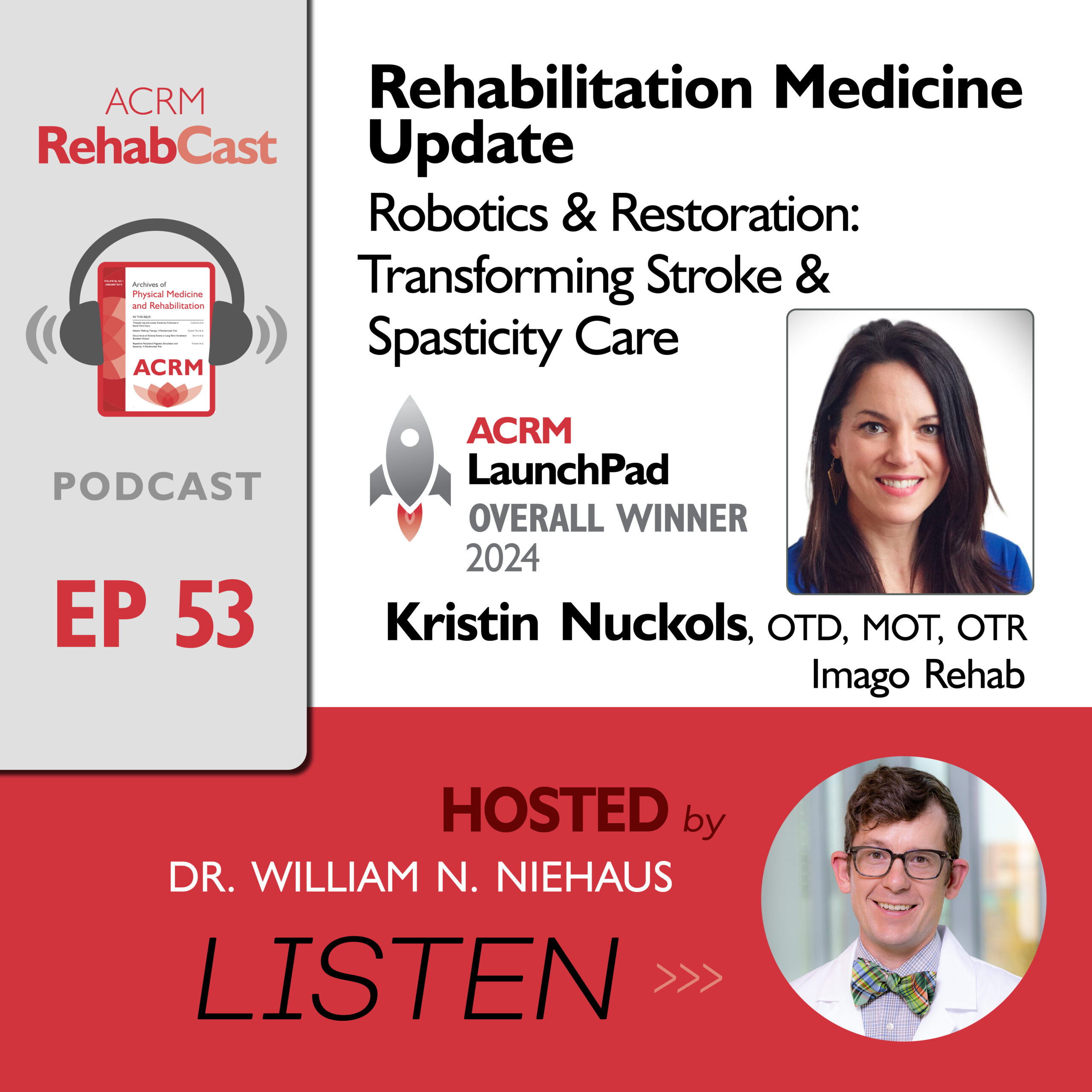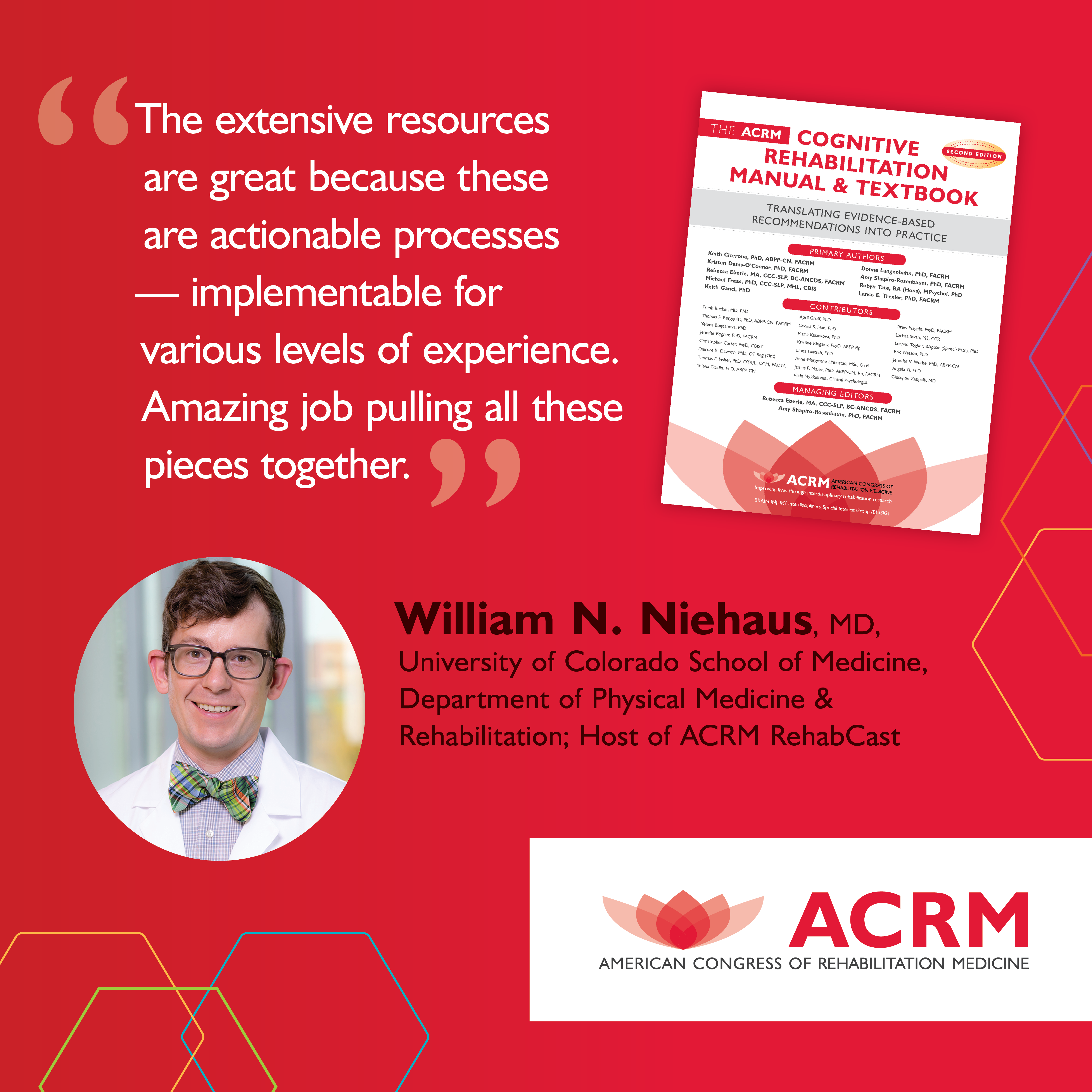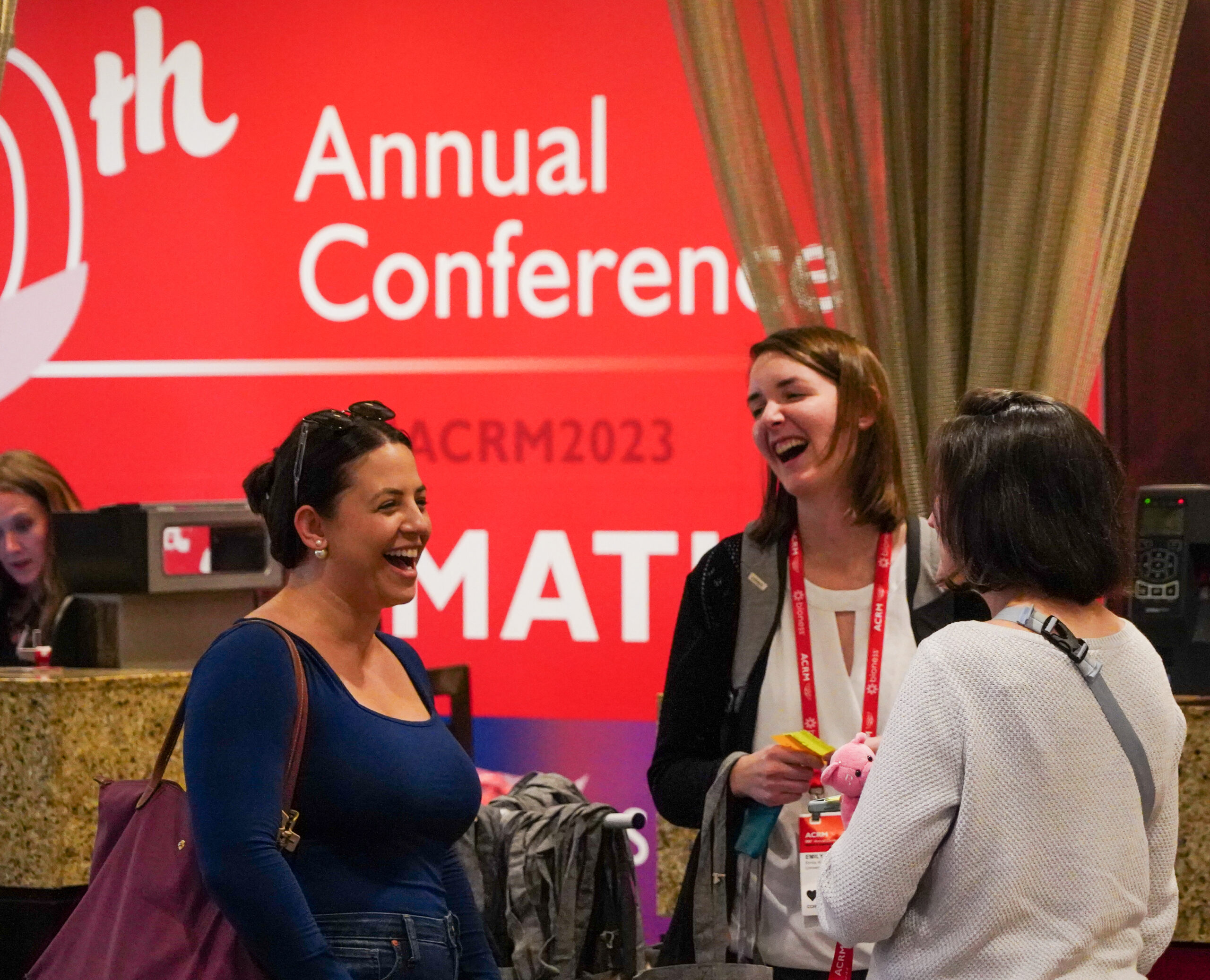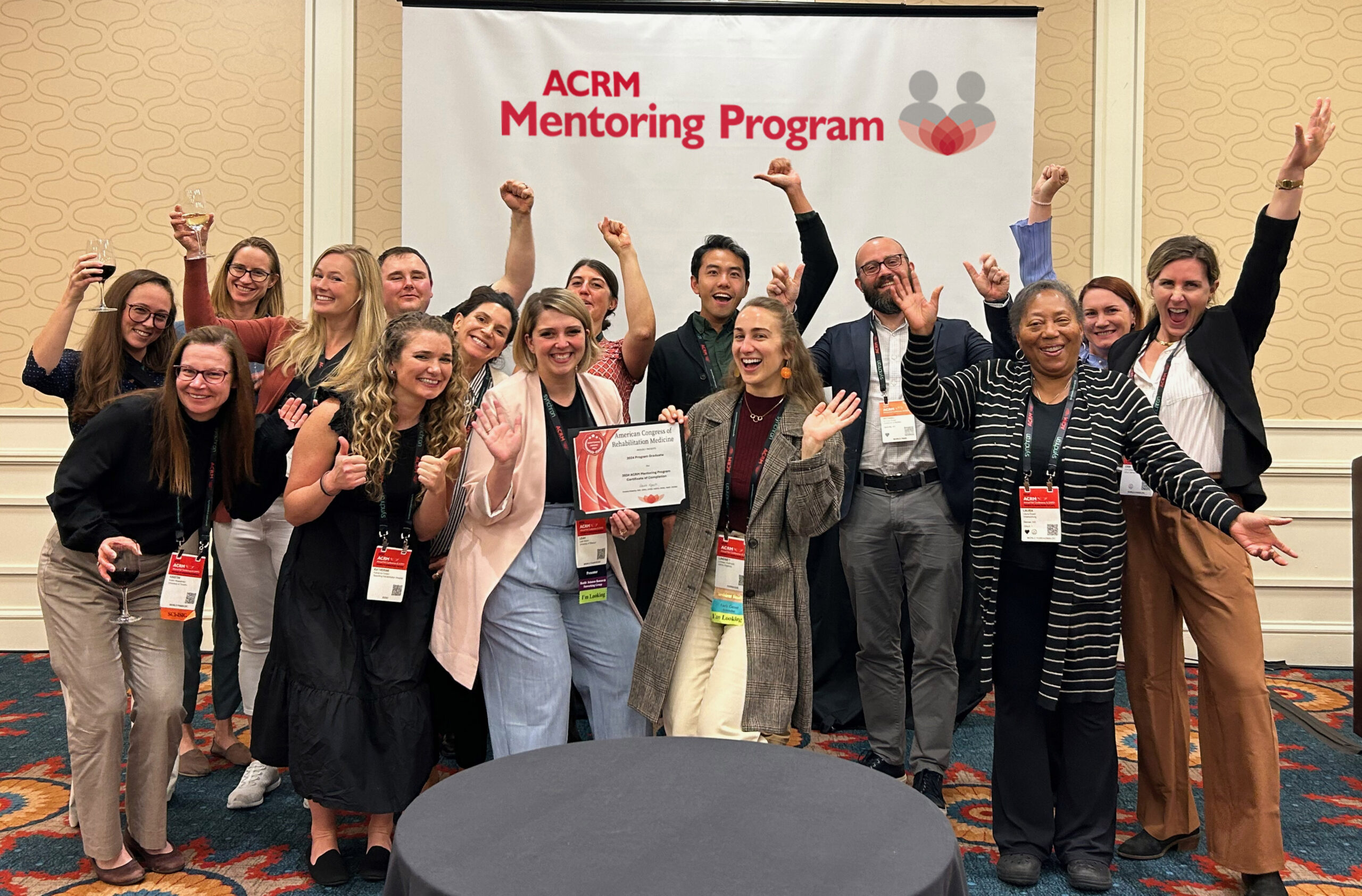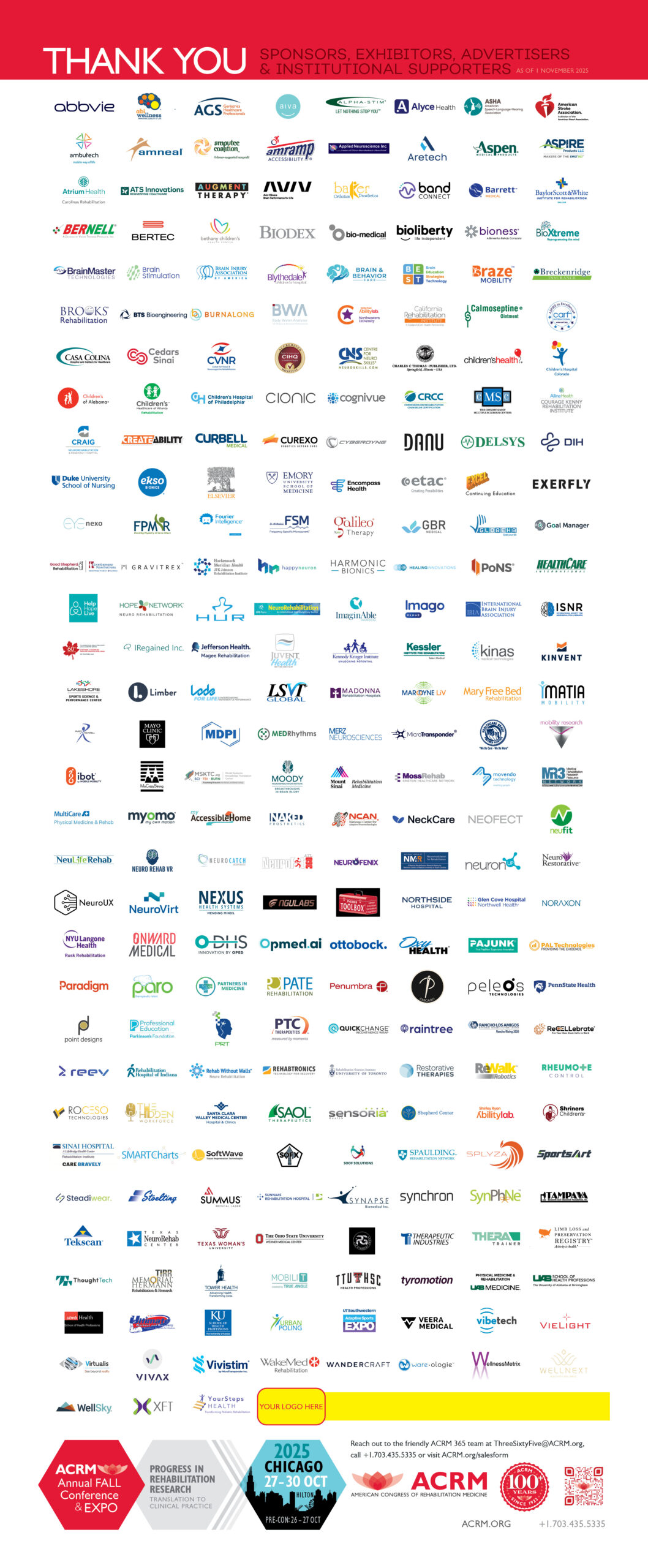While the focus of ACRM is not psychology, many of our patients have suffered from traumatic brain injuries or other types of injuries that can cause lasting psychological damage. The brain and body are intrinsically linked and it is useful to think about how other fields of research can inform our own practices, and that includes exercises informed by psychology. Here at ACRM we believe that professional growth occurs through engaging with people who do very different things than us in their day-to-day lives. That’s one of the reasons why we bring professionals together in our interdisciplinary groups and in our national conference — the world’s largest rehabilitation research event. We hope that you learn something you can bring into your practice or into your own life from this blog post on somatic exercises and trauma recovery.

Connection Between Trauma, Mind, and the Body
Somatic exercise focuses on a bottom-up approach to trauma recovery. Rather than starting in conversation about emotions or cognition, this approach focuses on how the body responds to trauma and how that, in turn, affects the brain. Traumatized people tend to disconnect from the body. Trauma causes the sympathetic nervous system to go into overdrive, and it’s hard for people who have experienced trauma to regulate their nervous system back into a state of calm awareness.
Grounding Exercises
There are many different somatic exercises that practitioners use to help their patients calm their nervous system and begin to reconnect with their bodies. They are relatively simple, and you can share them with your patients as a tool they can use or use them yourself. Working in the field of rehabilitation medicine can be extremely taxing, and it’s important to practice self-care. While these exercises are used to help people who have suffered trauma, they are helpful grounding and calming exercises for anyone. You can think of these exercises as a type of embodied meditation that you can utilize whenever you need to come back to your body and reset.
Heel Drops
Begin by standing and letting your eyes relax so that you’re not really focusing on anything. Slowly raise yourself up on your toes, then drop back onto your heels. Develop a slow rhythm, and as you do try to focus on how it feels in your hips and lower back. Try to relax in this area. Continue for at least one minute.
Wave Breathing
Stand still and let your hands rest on the front of your thighs. As you inhale, reach your chin upwards and slide your hips backward, creating an arch in your back. Pause, and then move your head towards your chest and bring your tailbone forward. Pay attention to your spine the way it moves along with your breath.
Swaying
Simply allow yourself to sway back and forth, like a reed in the wind. You can close your eyes if you want. This rocking movement helps release any tension that may be built up. Relax and let yourself unwind.
Caring For Yourself To Care For Others
For people in the medical field, like the members in ACRM, it’s vital to practice self-care. Clinicians are at a high risk of burnout and depression because of the job’s emotional intensity. Burnout is especially problematic in the field of medicine because it can decrease empathy and our ability to engage with patients. Incorporating self-care, like somatic exercises listed above, can not only help your own health, it can also improve your ability to care for your patients. Schedule time to take breaks, stretch, sway, and breathe. However busy you get, remember that a healthy balance of mind and body is essential to helping you best serve your patients.

ACRM – American Congress of Rehabilitation Medicine
The mission of our non-profit is to improve the lives of disabled people through rehabilitation medicine and research. Part of accomplishing that mission is supporting our members, which is why we share things like self-care tips for medical professionals here on our blog. We hope that you enjoyed this blog and find ways to incorporate these exercises into your routine. We work with hospitals, universities, professional and advocacy organizations, and rehabilitation professionals around the world. We have 3,000+ members from more than 65 countries and produce the ACRM Journal. Join our community today.



